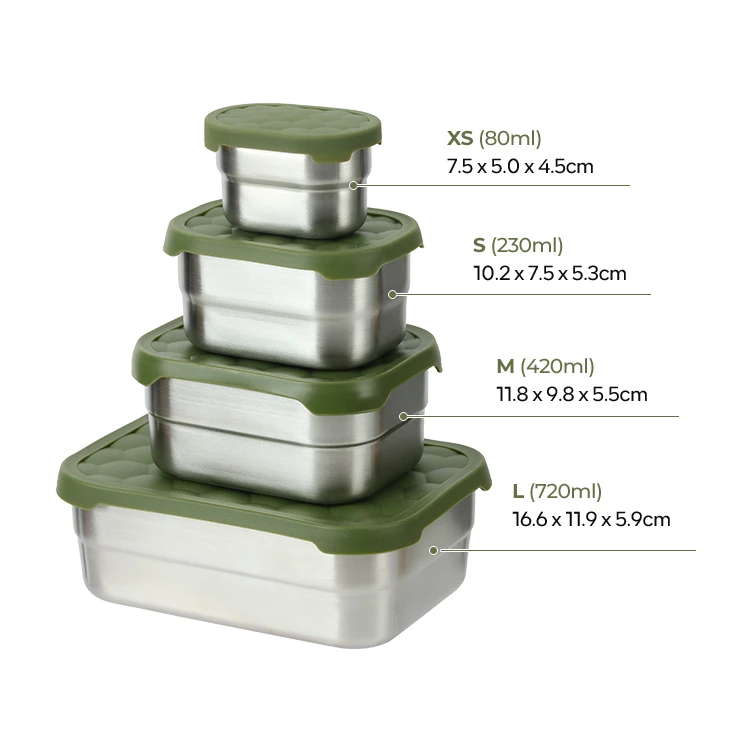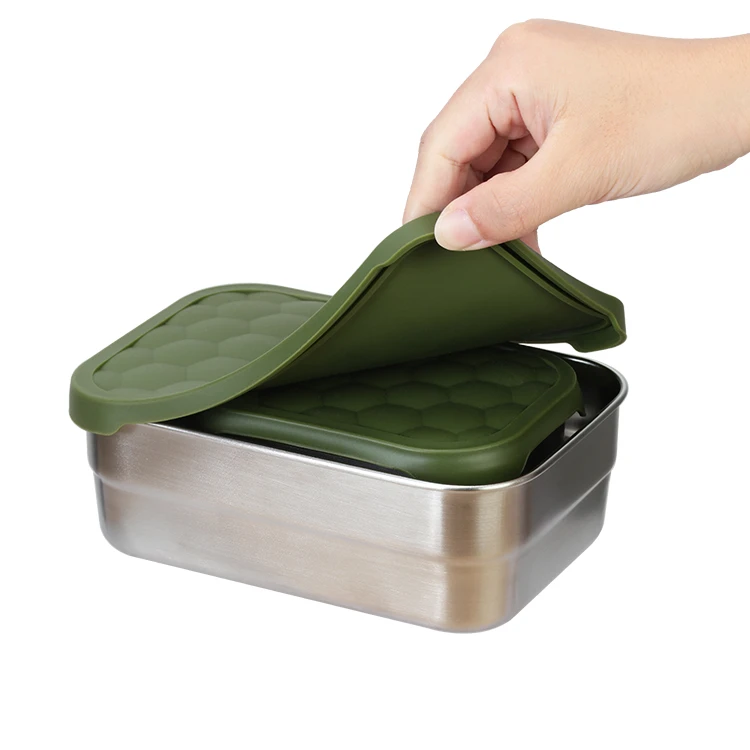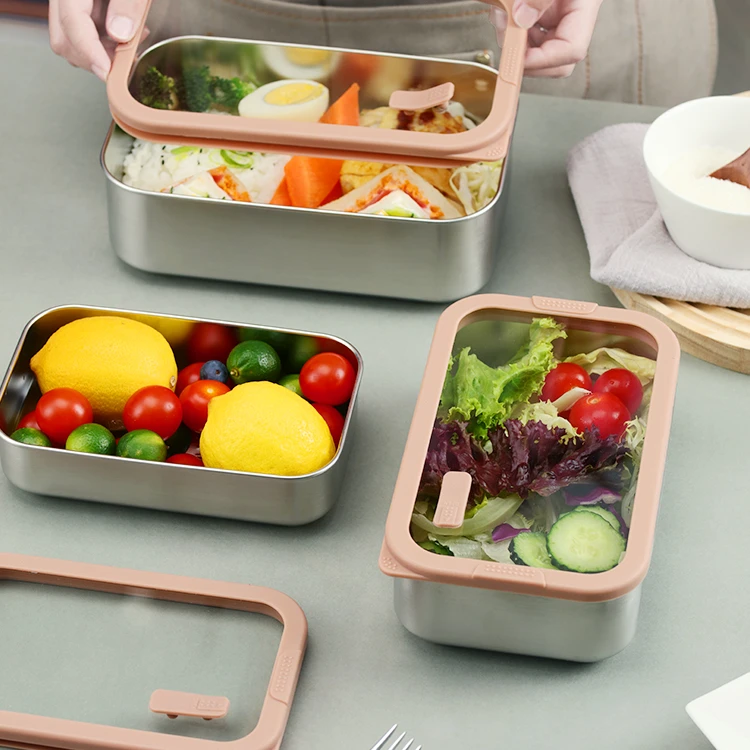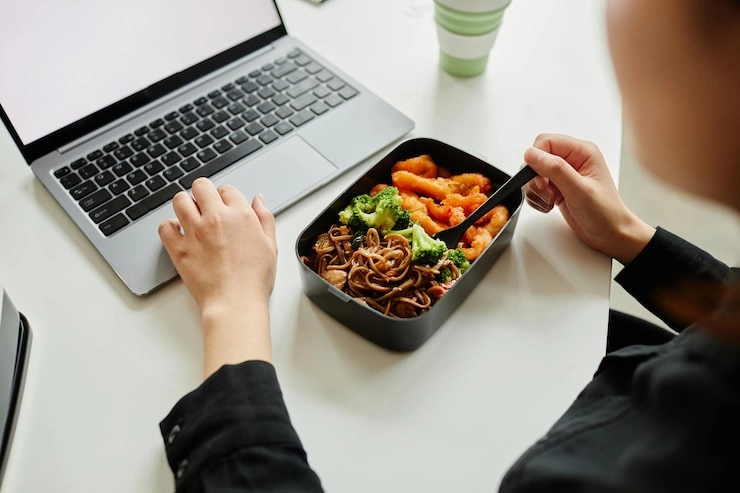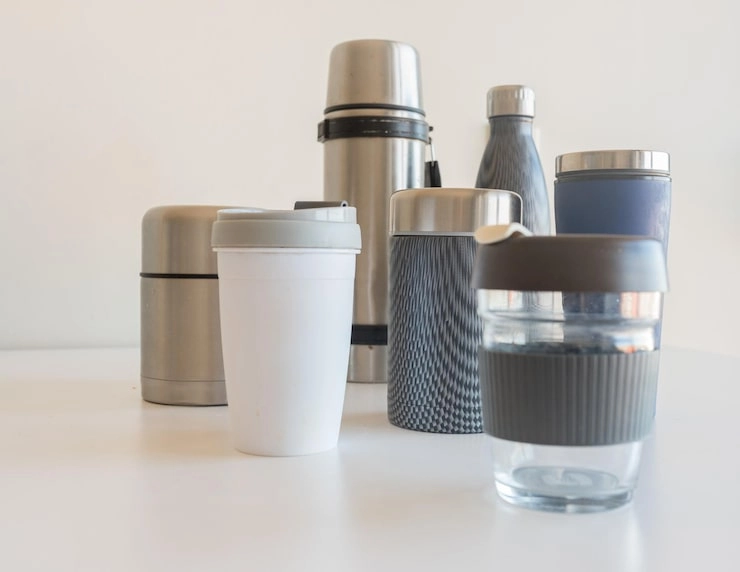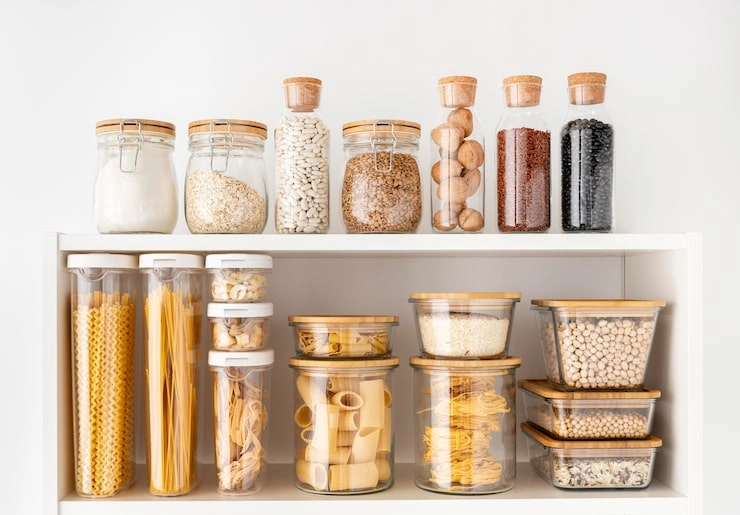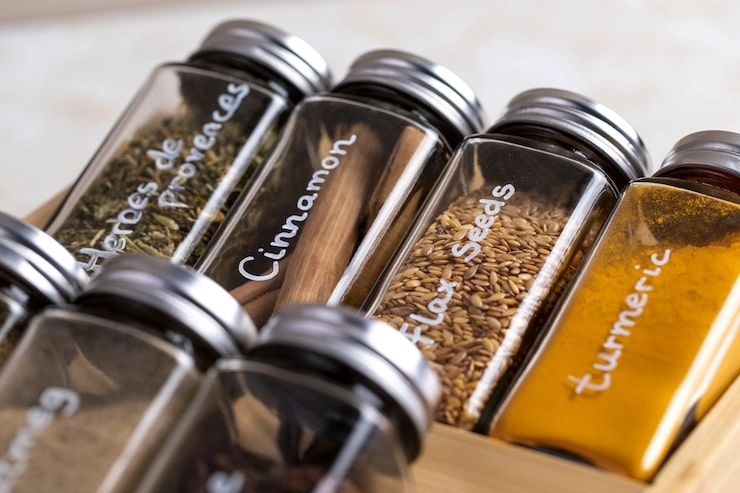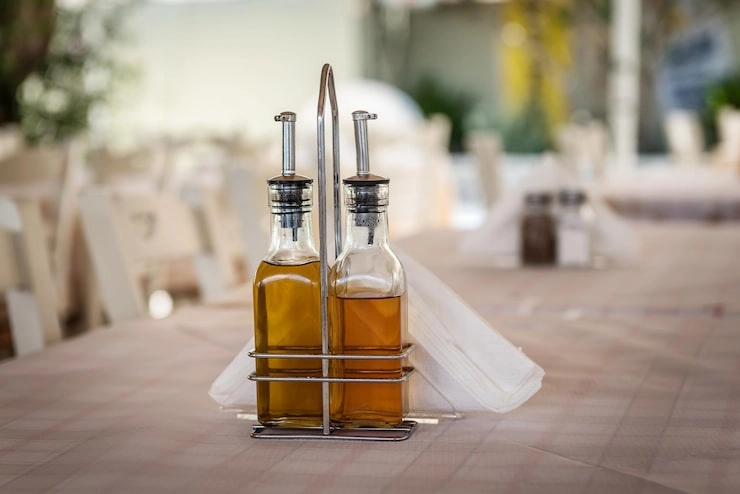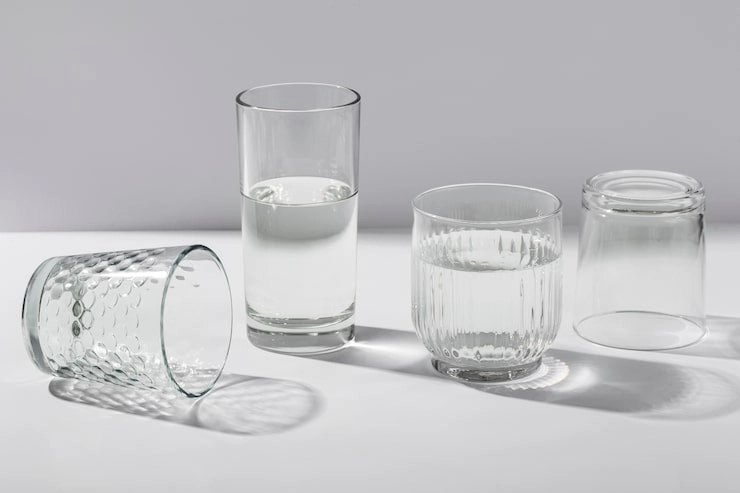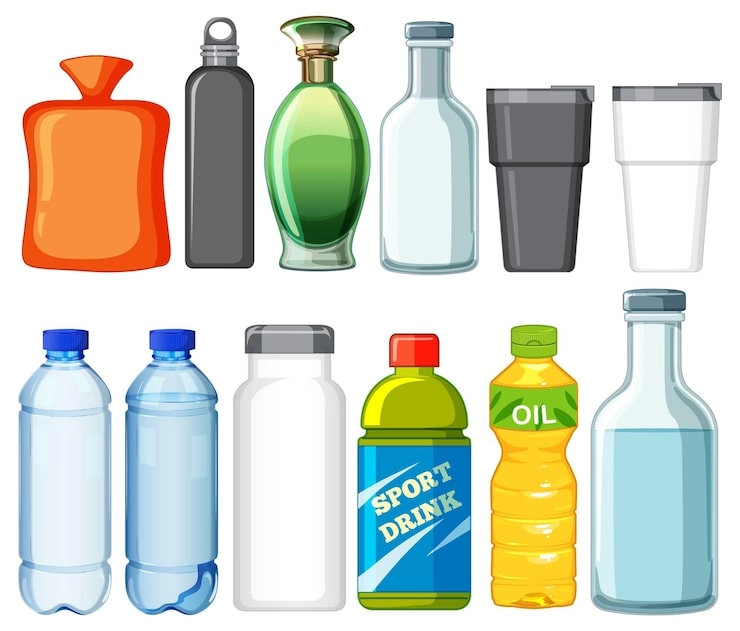Picking the right lunch box for your microwave isn’t just about what’s easy. It’s really about keeping you healthy and your food tasty. For adults who heat up meals at the office or while out, the box you choose matters a lot. It can truly affect your day and how you feel.
Using the wrong container in a microwave is a gamble. It might leak gross chemicals into your food, twist out of shape, or even start a fire. Yikes! But a solid, tested lunch box keeps things safe. It makes reheating a breeze, no stress involved. Plus, a reusable container is a win for the planet. It cuts down on those flimsy plastic bags and takeout boxes that clutter up landfills.
Key Considerations When Selecting a Lunch Box
To make sure your container is safe and works well, think about these points when you’re picking one out:
- Heat Toughness:The material has to stand up to blazing temperatures. It shouldn’t melt, bend, or let off harmful stuff when heated.
- Food Safety:Go for materials that stay steady in the microwave. They must not leak toxins into your meal. Look for tags like “BPA-free” or “food-safe.” Official certifications are a big plus too.
- Ease of Cleaning:Your container should be simple to wash. This stops germs from growing and helps the box last longer. It’s a huge plus if you can just toss it in the dishwasher.
Common Materials: A Comparison
Different materials have their own good and bad points for microwave use.
1. Plastic: The Lightweight Option
Plastic is light, cheap, and you can find it almost anywhere. But be careful. You should only use plastics that are clearly labeled as “microwave safe” and “BPA-free.” This lowers the chance of chemicals getting into your food. After a while, plastic can get scratched, bent, or stained. These spots can hide bacteria and make the container less safe.
2. Glass: The Pure but Fragile Choice
Many people love glass because it’s so pure. It doesn’t react with your food. It’s great at fighting off stains and smells, so your meal tastes just right. The biggest problems with glass are that it’s heavy and breaks easily. It can be a pain to carry around, and one drop could shatter it.
3. Silicone: Flexible and Heat-Resistant
Silicone is becoming really popular. It’s bendy and can take a lot of heat. It is perfect for making seals that don’t leak and lids with vents. The only issue is that a container made completely of silicone might not be firm enough. Your food could get squished while you’re carrying it.
The Innovation: Microwave-Safe Stainless Steel
Putting metal in a microwave has always been a big no-no. It can cause sparks (arcing), and this can wreck your microwave. But things are different now. New progress in science and engineering has completely changed the rules.
You can now find stainless steel lunch boxes made just for the microwave. They are totally safe. So, how does this work? It’s all about a special design and unique materials. Pioneering this technology, brands like Elemental Kitchen from SinoGlass Group have made containers that cleverly get around the old problems.
Here’s how it works:
- Engineered Design:First of all, the design is smart. The boxes have smooth, rounded corners and an even shape. This stops energy from building up in one spot, so there are no sparks.
- Advanced Materials:They also use top-notch materials. These containers are made from high-grade 316 stainless steel. This is the best steel for food because it’s extra pure and doesn’t rust.
- Specialized Lids:Finally, the lids are special too. They are safe for the microwave and are usually made of tempered glass with a silicone seal. Most importantly, they have a small vent for steam. You have to open this vent before you heat anything, so that pressure can get out safely.
Why Modern Stainless Steel Stands Out
When it’s made the right way, stainless steel gives you a mix of advantages that you just can’t get from glass or plastic.
- Unmatched Durability:This stuff is tough. It won’t shatter like glass or wear out like plastic. It’s a purchase that lasts, fighting off dents, scratches, stains, and smells.
- All-in-One Versatility:These boxes aren’t just for microwaving. They’re often oven-safe, freezer-safe, and dishwasher-safe too. For example, you can prep a lasagna, freeze it, bake it, and reheat leftovers all in one container.
- Superior Food Safety:Top-quality stainless steel is super safe for food. It isn’t porous and has no toxins. This means no weird flavors or chemicals will get into your meal.
- Environmental Responsibility:Stainless steel is incredibly durable, so it helps the environment. It can be used and washed thousands of times. Its long life is a natural plus for the planet. Think about it. One great stainless steel lunch box can take the place of tons of throwaway packages and flimsy plastic ones. Thus, it keeps a lot of trash out of landfills.
How to Use Microwave-Safe Containers Properly
1. Check the Label:
Always check the label first. You should only use boxes that are clearly marked with a “Microwave Safe” symbol or words. Don’t ever just guess that any metal container is safe.
2. Vent the Lid:
Next, pop the vent. Before you microwave, always open the steam vent or lift a corner of the top. This is important because it lets pressure out so nothing dangerous happens.
3. Clean Correctly:
Wash it the right way. Just follow the cleaning directions from the company. Most new stainless steel and glass boxes can go right in the dishwasher, which makes cleanup a breeze.
About the Innovator: SinoGlass
SinoGlass Group started in 2000. For more than 20 years, they have focused on creating new products for the home. They are serious about quality. Their work is supported by a big research and development team of more than 40 expert engineers. This team is behind big new ideas, like the microwave-safe stainless steel technology found in their Elemental Kitchen brand. They also have worldwide certifications like ISO9001 and BRC Global Food Safety. This shows that every single product meets tough safety and quality rules for customers everywhere.
Frequently Asked Questions (FAQs)
Q1: Are all stainless-steel containers microwave-safe?
A: No way! Only those specially built and labeled “Microwave Safe” are okay. Look for smooth, rounded edges and the official symbol before buying. Anything else could spark and wreck your microwave.
Q2: What does “microwave safe” mean on labels?
A: It means the box was tested in controlled settings. It won’t melt, bend, spark, or leak toxins when used right in a typical home microwave. Just follow the instructions.
Q3: Can I microwave a sealed container?
A: Nope. Never fully seal a container unless it has a steam-release valve. Pressure could build up and cause a risky explosion, even if it’s labeled “microwave safe.” Always vent it first.



